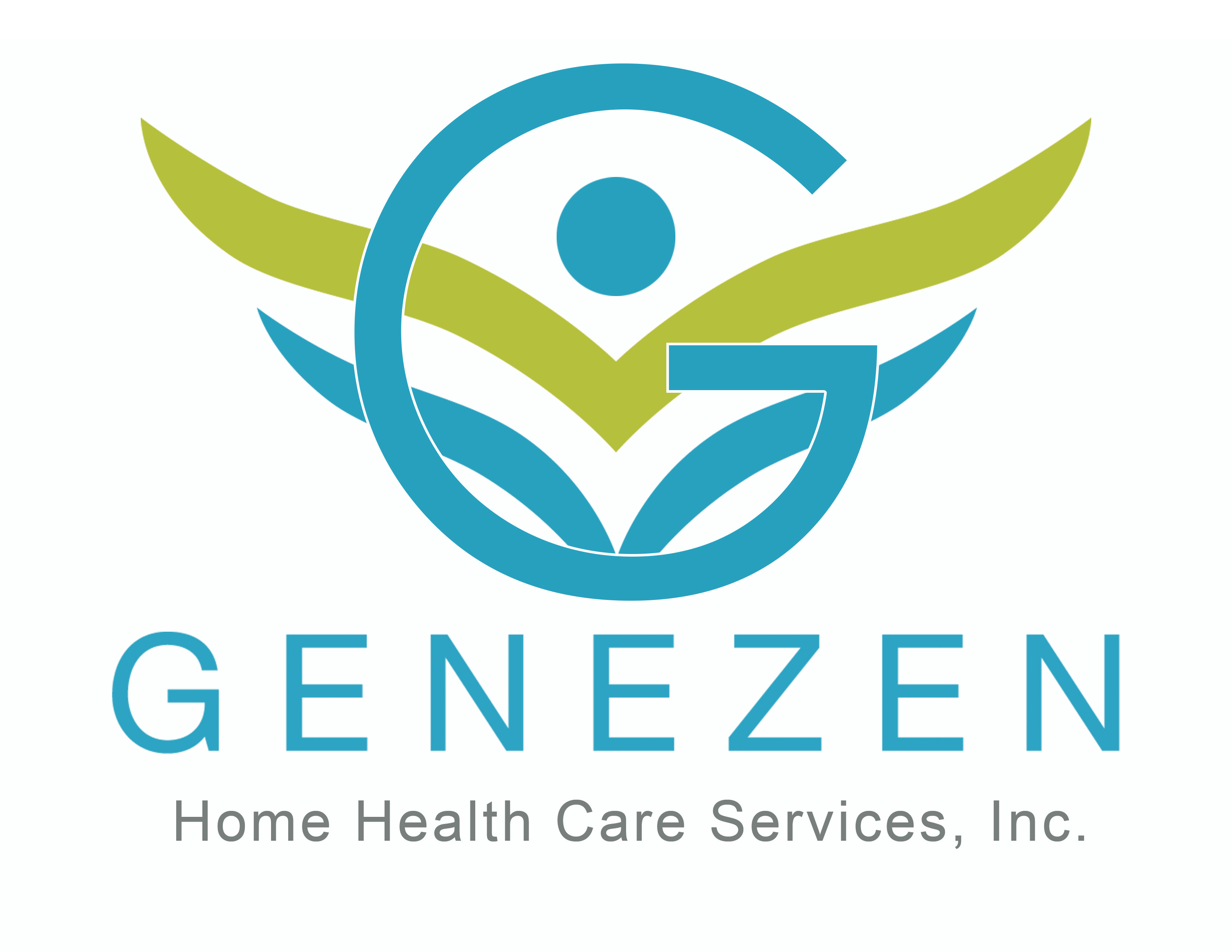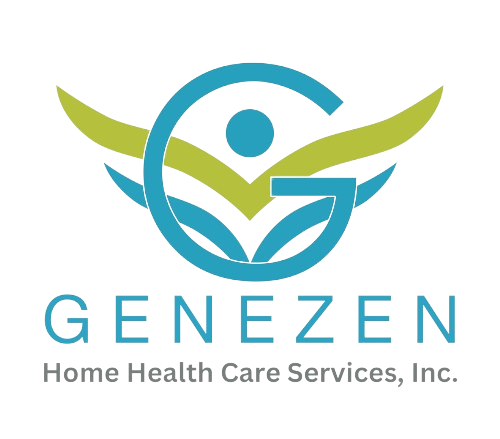Imagine knowing exactly what you want to say, but being unable to make your mouth form the words. That’s the reality for adults with apraxia of speech (AOS)—a frustrating and often misunderstood condition. Unlike language disorders like aphasia, AOS affects motor planning: the brain knows the message, but the muscles can’t carry it out smoothly.
But here’s the good news: progress is absolutely possible. With the right support, mindset, and treatment of apraxia of speech in adults, many people with AOS can regain clearer, more confident communication. This blog explores what AOS is, what causes it, which treatments work best, and how to stay encouraged when the road to recovery feels long.
What Is Apraxia of Speech in Adults?
Apraxia of Speech is a motor speech disorder. It disrupts your brain’s ability to send the correct signals to your lips, tongue, and jaw to produce words. The result? Speech that’s effortful, inconsistent, and often frustrating.
AOS can appear suddenly, especially after a stroke or brain injury. But it can also emerge gradually due to neurodegenerative diseases like Primary Progressive Aphasia.
Unlike aphasia, which affects the understanding of language, AOS affects the production of speech—even though comprehension remains intact. People with AOS know what they want to say but struggle to physically say it. The severity can range from mild difficulty with certain sounds to near-complete loss of spoken communication.
Causes and Risk Factors
Understanding what causes apraxia can help guide both diagnosis and therapy. Some causes are sudden, like a stroke, while others may develop gradually. Knowing these factors helps families, caregivers, and speech therapists plan realistic and effective recovery paths for the individual.
Here are 10 potential causes and risk factors:
- Stroke – Often the most common cause of acquired AOS, particularly when it impacts the brain’s left hemisphere motor planning regions.
- Traumatic Brain Injury (TBI) – Concussions or serious head injuries can disrupt the brain’s motor pathways and lead to speech planning issues.
- Brain Tumors – Tumors that affect areas involved in speech production can interfere with motor planning and execution.
- Primary Progressive Aphasia (PPA) – A form of neurodegenerative disease that may begin with apraxia-like symptoms and worsen over time.
- Other Neurodegenerative Diseases – Conditions such as ALS, Parkinson’s disease, or corticobasal degeneration can lead to motor speech complications.
- Encephalitis or Meningitis – Infections that cause inflammation in the brain may damage the areas responsible for speech coordination.
- Post-Surgical Brain Trauma – Brain surgeries, especially in areas near speech centers, may lead to temporary or permanent AOS.
- Cerebral Hypoxia – Lack of oxygen to the brain, as seen in cardiac arrest or near-drowning events, can damage speech-related regions.
- Multiple Sclerosis (MS) – In rare cases, MS may contribute to motor planning difficulties including apraxia.
- Idiopathic or Unknown Causes – In some individuals, no definitive cause can be found, especially in the absence of a clear neurological event.
Common Signs and Symptoms

AOS is unique because its symptoms can vary significantly from person to person. However, some hallmark signs include:
- Inconsistent Speech Errors: The same word may come out differently each time it’s attempted.
- Difficulty Initiating Speech: Starting a sentence or even a single word can take enormous effort.
- Groping Movements: The person may visibly struggle to move their lips or tongue into the right position.
- Slow Rate of Speech: Sentences are produced at a slow pace with exaggerated effort.
- Automatic vs. Volitional Speech: Saying “hello” might come easily, but describing how you feel may not.
These symptoms can cause deep emotional distress, frustration, and social isolation—making compassionate, patient-centered care essential.
Diagnosis: How Apraxia Is Identified
Diagnosing apraxia of speech requires a thorough evaluation by a licensed speech-language pathologist (SLP). The assessment typically includes:
- Oral-Motor Examination: Tests how well the patient can move their lips, tongue, and jaw voluntarily.
- Repetition Tasks: The SLP will ask the person to repeat sounds, words, and sentences to observe consistency.
- Speech Sound Analysis: To distinguish apraxia from other conditions such as dysarthria (slurred speech) or aphasia (language processing difficulty).
A proper diagnosis is crucial to ensure the treatment approach fits the individual’s exact needs.
Treatment of Apraxia of Speech in Adults

While apraxia cannot always be cured, speech therapy offers real, functional improvement. Here are the most effective treatment methods:
1. Articulatory-Kinematic Approaches
These focus on improving the precision of motor movements through repetition and modeling. The goal is to retrain the brain to speak through consistent and accurate practice.
- Sound Production Treatment (SPT): Patients repeat target words after auditory and visual modeling. Emphasis is placed on correct sounds with cues and feedback.
- Integral Stimulation: Often called the “watch and listen to me” method, it uses imitation and visual cues to teach word production.
- Eight-Step Continuum: Gradually moves patients from simultaneous speech with the therapist to independent speech.
2. Rate and Rhythm Control Approaches
These help regulate speech timing and improve flow.
- Melodic Intonation Therapy (MIT): Uses melody and rhythm to activate right-brain regions not typically involved in speech.
- Metronome Pacing: Patients speak in sync with a beat to maintain timing and clarity.
3. PROMPT Therapy
PROMPT (Prompts for Restructuring Oral Muscular Phonetic Targets) uses physical touch cues on the face to guide correct articulatory movements. This method is especially helpful for those who struggle with motor awareness.
4. Augmentative and Alternative Communication (AAC)
For individuals with severe apraxia or during early stages of therapy, AAC devices serve as an essential tool.
- Low-Tech: Picture cards, writing boards, or communication notebooks
- High-Tech: Speech-generating devices and tablet apps like TouchChat and Proloquo2Go
5. Speech Drill Practice
Daily repetition and practice of word lists, syllables, and phrases help build speech motor pathways. Drill-based approaches are often used in tandem with other methods.
What to Expect During Speech Therapy

Speech therapy is not one-size-fits-all. Here’s what a typical experience may include:
- Session Frequency: Often 2–3 times per week, either in-person or virtually.
- Initial Evaluation: SLP conducts a full assessment and works with the client to set functional, achievable goals.
- Goal-Based Activities: Therapy targets words and phrases the client wants to regain—like saying names, greetings, or ordering food.
- Use of Visual and Tactile Cues: Mirrors, cue cards, and touch signals aid in motor planning.
- Home Practice: Daily exercises using audio recordings, mirror work, and flashcards strengthen progress.
Therapy is a partnership, requiring commitment, trust, and patience from both the client and the therapist.
Staying Encouraged: How to Maintain Motivation
Apraxia recovery is hard work. Staying emotionally strong is just as important as physical progress. Here’s how:
- Celebrate Small Wins: A clear syllable, a full sentence—every step forward counts.
- Document Your Journey: Use journals, video logs, or recordings to track how far you’ve come.
- Set Realistic Goals: Improvement often happens in inches, not miles.
- Join Support Groups: Connecting with others who understand your journey can be incredibly empowering.
- Use Visual Tools: Progress charts, sticky notes of new words, and inspirational quotes can serve as motivation.
- Involve Loved Ones: Encouragement from friends and family keeps spirits high.
Recovery may not be fast, but it is possible. And you don’t have to go through it alone.
When to Consider In-Home Speech Therapy

If mobility, transportation, or anxiety make clinic visits difficult, in-home therapy offers a more accessible alternative:
- Comfort of Familiar Surroundings: Therapy in a relaxed environment encourages participation.
- Personalized Environment: Therapists can tailor activities to your actual daily tasks at home.
- Family Involvement: Loved ones can actively engage and reinforce progress.
- Flexible Scheduling: Sessions can be arranged around personal routines and energy levels.
In-home therapy makes recovery more practical and sustainable—especially for stroke survivors or seniors.
Final Thoughts: The Road to Recovery
Adult apraxia of speech is undeniably challenging—but it’s not a dead end. With determination, expert guidance, and compassionate care, recovery becomes not just a possibility, but a reality. The journey may be slow, but each word regained is a powerful victory. Keep pushing forward—your voice still has so much to say.If you’re looking for expert support in a comfortable, familiar setting, Genezen Home Health Care can help. Our dedicated in-home speech therapy services are designed to meet you where you are—literally and emotionally. Let us walk with you on the road to clearer communication, restored confidence, and renewed hope. Because with the right care, progress is always possible.


